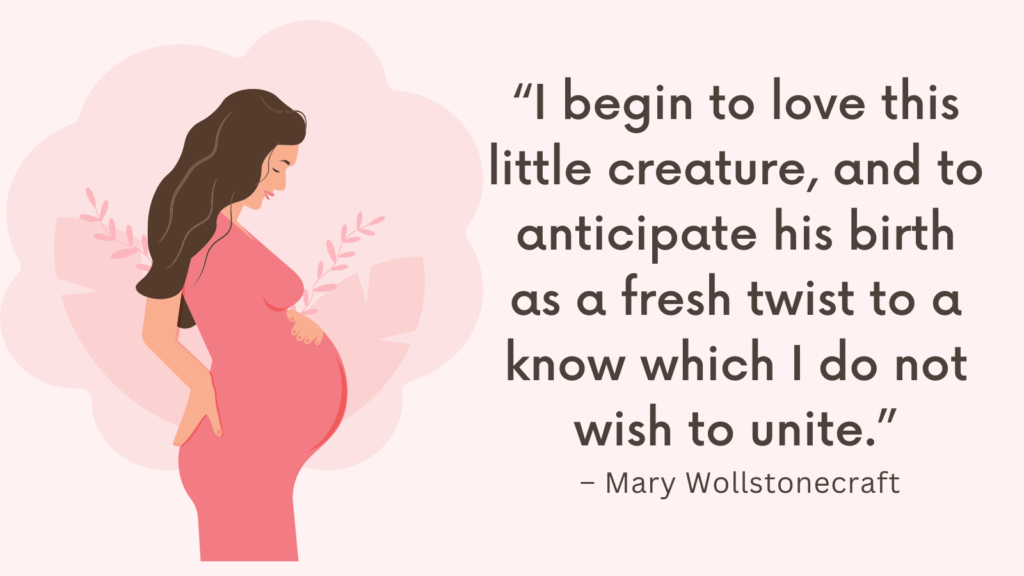Increased cramping, mucus plug loss, and labor symptoms.
You’re 39 weeks pregnant! Your baby is full-term, and labor could begin at any moment. This week, your baby is finalizing last-minute development, while your body is preparing for birth. You might experience stronger labor signs, and excitement (or impatience!) is at an all-time high.
Let’s explore your baby’s development, changes in your body, and how to manage symptoms at 39 weeks pregnant.
What’s Happening to Your Baby?
At 39 weeks, your baby is about the size of a small watermelon (35-39 cm or 14-16 inches long, head to toe) and weighs around 3,200-3,400 grams (7-7.5 lbs). Your little one is fully developed and just waiting for the big debut!
Major Developments This Week:
Baby is Full-Term! – If born this week, baby is considered full-term and ready for life outside the womb.
Lungs are Producing Surfactant! – Baby is preparing for their first breath with more surfactant production.
Movements May Feel Different! – With very little room, baby is mostly rolling, stretching, and shifting instead of kicking.
Baby’s Brain & Nervous System are Fine-Tuning! – Brain activity is high, and reflexes are strong.
Fat Deposits are Helping Baby Stay Warm! – Baby has enough fat to regulate body temperature after birth.
Head is Engaged in the Pelvis (Lightening)! – If baby has “dropped,” they are locked into position for delivery.
What’s Happening to Your Body?
At 39 weeks pregnant, you may experience more intense labor signs, increased discomfort, and a mix of excitement and exhaustion.
Common Symptoms at 39 Weeks Pregnant:
Feeling Baby’s Movements Regularly! – You should still feel baby moving daily, even if movements feel softer.
Bigger Baby Bump! – Your belly may look lower if baby has dropped.
Back Pain & Pelvic Pressure – Baby’s head pressing on your pelvis may cause discomfort.
Braxton Hicks Contractions – Practice contractions may feel stronger and more frequent.
Lightning Crotch! – Sharp, shooting pains due to baby’s head pressing on nerves.
Frequent Urination – Baby’s head is squeezing your bladder, meaning more bathroom trips.
Increased Vaginal Discharge & Mucus Plug Loss – A thick, jelly-like discharge may appear as your cervix prepares for labor.
Diarrhea or Loose Stools – Your body may clear itself out before labor.
Water Breaking (Possible!) – A gush or slow trickle of fluid means labor is starting soon.
Swelling in Feet & Ankles (Edema) – Mild swelling, especially after standing, is normal.
Leaky Breasts (Colostrum Production) – Your body is ready for breastfeeding.
Fatigue & Trouble Sleeping – Finding a comfortable position is almost impossible!
Signs That Labor is Approaching
At 39 weeks, you may notice stronger labor signs even if labor hasn’t started yet. Here’s what to watch for:
Signs That Labor is Near:
Baby Has “Dropped” (Lightening) – Your belly looks lower, and breathing might feel easier.
More Frequent & Stronger Braxton Hicks Contractions – They may start feeling more real.
Loss of Mucus Plug (“Bloody Show”) – A thick, mucus-like discharge (possibly pink or brown-tinged) may come out.
Diarrhea or Loose Stools – Hormones may cause loose stools as labor approaches.
Water Breaking – A gush or trickle of amniotic fluid means labor is beginning soon.
Lower Back Pain & Cramping – Persistent back pain may be a sign of early labor.
How to Cope with Week 39 Pregnancy Symptoms
1. Tracking Baby’s Movements
Baby should move at least 10 times in 2 hours.
If movements slow down significantly, drink cold water or gently poke your belly.
Contact your doctor if you notice decreased movement.
2. Easing Back Pain & Pelvic Pressure
Use a pregnancy pillow for support.
Wear a belly support band to relieve strain.
Do gentle prenatal yoga or stretches.
3. Managing Braxton Hicks Contractions
Stay hydrated – dehydration can trigger contractions.
Change positions – walking or resting may help.
If contractions become painful or regular, contact your doctor.
4. Relieving Shortness of Breath
Sit and stand up straight to give your lungs more space.
Take slow, deep breaths and avoid overexertion.
Sleep propped up with pillows for better airflow.
5. Reducing Swelling in Feet & Ankles
Elevate your feet when sitting or lying down.
Wear compression socks to improve circulation.
Drink plenty of water to flush out excess fluids.
6. Soothing Heartburn & Indigestion
Eat smaller, more frequent meals.
Avoid spicy, greasy, and acidic foods.
Don’t lie down immediately after eating.
7. Preparing for Labor & Hospital Stay
Pack your hospital bag with essentials (clothes, toiletries, baby outfits, documents).
Review your birth plan with your doctor.
Discuss pain management options.
What Should You Be Doing in Week 39?
Since you’re only 1 week from your due date, here’s what to focus on this week:
1. Keep Attending Weekly Prenatal Appointments
Your doctor may check your cervix for dilation and effacement.
Confirm baby’s position (head-down, breech, etc.).
2. Start Kick Counting Daily
Monitor baby’s movements at the same time each day.
If movements decrease significantly, contact your doctor.
3. Finalize Your Birth Plan
Review labor preferences (epidural, natural, C-section, etc.).
Discuss hospital or birthing center protocols.
4. Install the Car Seat
Most hospitals require a properly installed car seat before discharge.
5. Get Your Home Ready for Baby
Wash baby clothes and set up the nursery.
Stock up on postpartum care essentials (pads, nursing bras, etc.).
6. Rest as Much as Possible
Your body is working hard—take naps when needed.
Final Thoughts
You’re 39 weeks pregnant and almost at the finish line! Your baby is fully developed, gaining weight, and ready for birth. Symptoms like back pain, pelvic pressure, and fatigue may be intense, but you’re doing an amazing job!



